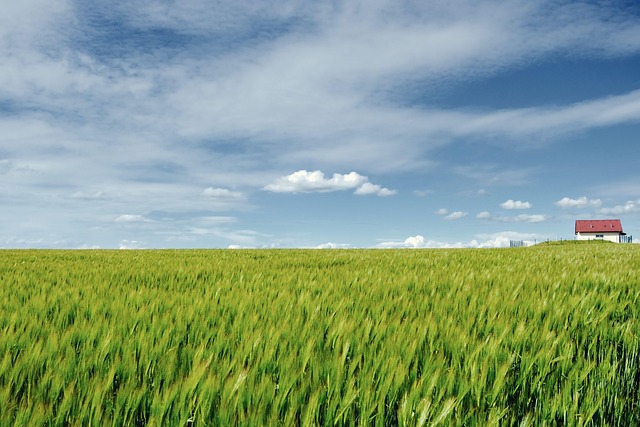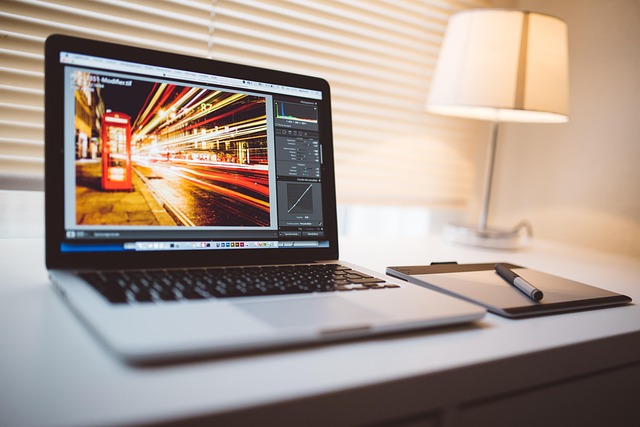In the world of photography, contrast is more than just a technical term; it’s an emotional and visual experience that transforms ordinary images into remarkable works of art. Understanding and mastering contrast is crucial for any photographer aiming to elevate their compositional skills. When you think about contrast, envision the interplay between light and dark, vibrant colors against muted shades, and the dramatic differences between varied textures. Each element plays a significant role in creating compelling photographs that resonate with viewers.
One of the most crucial aspects of using contrast effectively is recognizing the impact of lighting. The way light interacts with your subject can create stunning effects. For instance, shooting during the golden hour can add a warm glow to your images, enhancing the contrast between the brightly lit areas and deeper shadows. This natural lighting condition allows for a more dynamic range, giving your photo depth and emotion.
Utilizing your camera’s settings can further enhance the effect of contrast in your work. Experimenting with aperture can create a shallow depth of field, allowing your subject to stand out against a beautifully blurred background. This technique is often seen in portrait photography, where the focus lies exclusively on the individual, creating a stark contrast with their environment. Similarly, adjusting your ISO settings can also impact contrast. A lower ISO captures more detail in highlights and shadows, providing a richer tonal range.
Beyond technical settings, composition plays a pivotal role in how contrast is perceived within your images. The rule of thirds is a valuable guideline that can help in effectively placing contrasting elements in a way that catches the viewer’s eye. For example, imagine a bright red flower placed off-center against a muted green background. This arrangement creates an immediate focal point, drawing attention and evoking emotions through the contrast in colors.
Don’t underestimate the strength of monochromatic color schemes as well. Black and white photography relies heavily on contrast to convey depth and drama. Removing color forces the viewer to focus on the light, shadows, and textures present in the image. This form of photography allows you to explore the fundamentals of contrast, sharpening your ability to see and capture it in color images down the line.
Incorporating contrasting elements in your photography also extends beyond tonal differences. It includes playing with textures, shapes, and forms. A smooth, shiny object placed next to a rough, textured surface can create a fascinating visual tension that engages the viewer. This kind of contrast invites the audience to explore the image more deeply, encouraging them to make connections between different elements in your composition.
Always remember that contrast isn’t merely about light and dark or colors. It’s about telling a story through your photography. Each image should evoke a feeling or convey a message. Whether you are shooting landscapes, portraits, or street photography, mastering the art of contrast will allow you to express your vision more clearly and powerfully.
As you embark on your journey of mastering contrast, take time to analyze the works of great photographers. Study how they utilize contrast to enhance mood and meaning. Keep experimenting with your own camera settings and compositions until you find a style that resonates with you. Photography is an ongoing learning process, and every shot is an opportunity to improve your understanding of this essential element.



